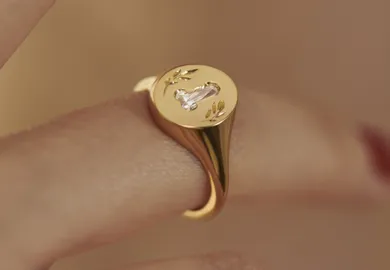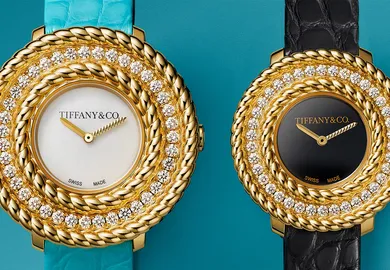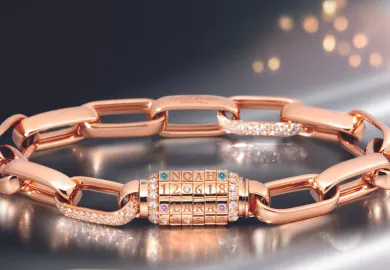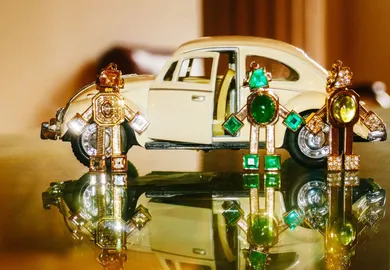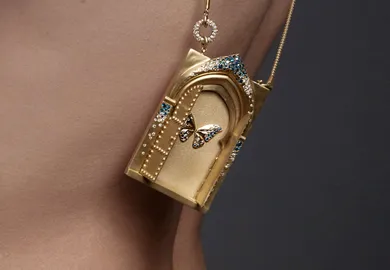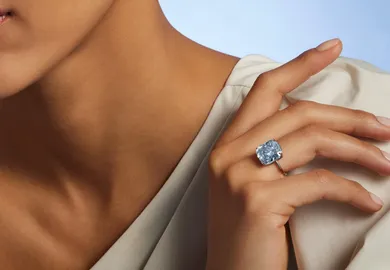
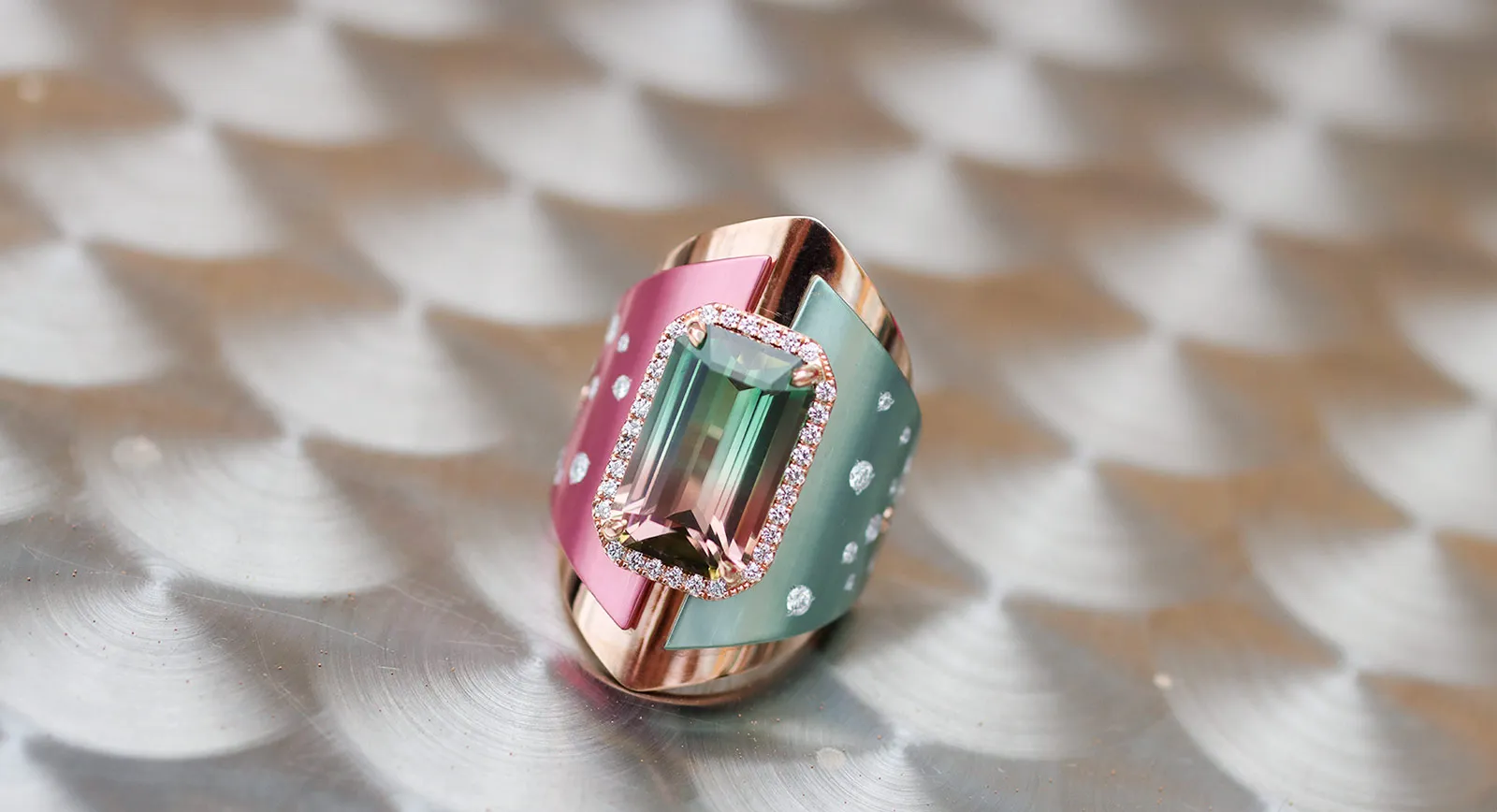
Bicolour Tourmalines: This Trending Gemstone is a Collector’s Dream
Displaying a sublime harmony of hues within a single stone, bicolour tourmalines are rare, unusual and very much on trend. A standout stone at the recent JCK and Couture shows in Las Vegas, these fascinating quirks of nature have a stunning visual impact when used in jewellery designs. KaterinaPerez.com contributor Claire Roberts takes a closer look at these intriguing conversation starters to find out what causes their unique colour zoning and speaks to the jewellers who celebrate their curious beauty.
I have been fascinated with bicolour tourmalines ever since I was shown a spectacular pendant by the esteemed American art jeweller Paula Crevoshay at the Couture Show in Las Vegas in 2014. I’d never seen a gemstone like it, with this specimen resembling a slice of fruit with a red centre and green outer layer. Dubbed watermelon tourmalines, Paula was my introduction to this natural phenomenon that occurs in several gemstones, including sapphires and ametrines, but is particularly prevalent in tourmalines. Ten years later, the popularity of tourmalines has skyrocketed. With one of the broadest colour palettes in the gemstone world, they offer jewellers the chance to experiment with the whole spectrum of hues and, in the case of bicolour tourmalines, stones that exhibit more than one colour in a single gem.
This story is available to Katerina Perez Club members.
Monthly access
Unlock Club features
£15/month
Billed monthly. Cancel anytime*
Annual access
Unlock Club Features
and save 13% on membership
£13/month
Billed annualy. Cancel any time*
All Membership Features
- Access to exclusive articles
- Daily bite-size news in Jewellery Chronicles
- Jewellery Calendar of events across the globe
- Curated list of articles from 50 other platforms
- Invites to online and offline KP Club events
- Receive Monthly Newsletter
- Save articles and Images into favourites
Already have an Account?
